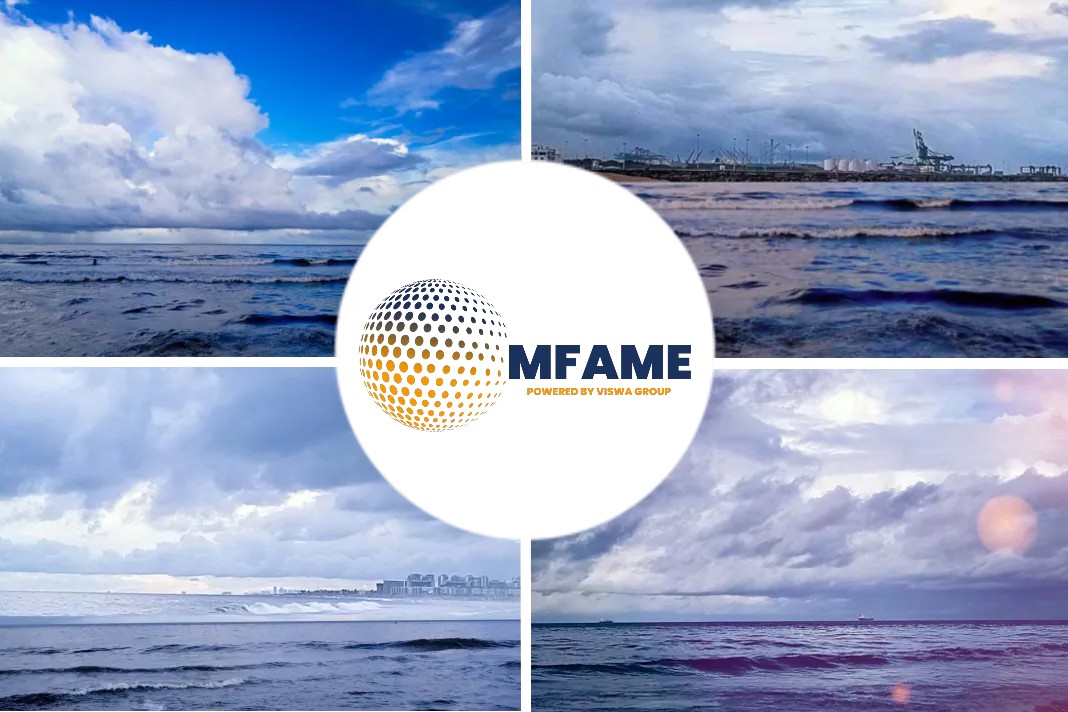- China coal imports slowing.
- Traders hold back on falling iron ore, coal prices.
A Platts news source says that Asia’s dry bulk pounded by easing congestion, falling commodity prices.
Dry bulk freight rates across vessel segments
After a robust bull run which started in April 2021, dry bulk freight rates across vessel segments have fallen steeply on the back of easing port congestion in China, falling Chinese steel production as well as the sharp drop in iron ore, thermal coal and other raw commodity prices.
The S&P Global Platts Cape T4 Index — a trade flow based weighted average of four key Capesize routes — dropped 50.88% from $50,768/d on Oct. 20 to $24,938/d on Nov. 9.
Over the same period, the KMAX 9 — a trade flow based weighted average of nine Kamsarmax routes — slumped 29.82%, while APSI 5 — a trade flow based weighted average of five key Supramax routes within the Asia Pacific — fell 44.33%.
With the market entering the last quarter of 2021, Chinese demand for raw materials have started to abate. The market’s appetite for ships is also affected by high product prices, which has brought about the destruction of commodity-import demand.
In fact, the high iron ore and coal prices over September and early October, saw a few charterers sitting on the sidelines and waiting it out.
According to Platts cFlow trade-flow analytics software, 590 dry bulk ships were on the Yangtze river and Shanghai region on Oct. 20. This has since dropped 38% to 365 on Nov. 10.
“China has cracked down on steel production. But they are only restricting growth and preventing surplus steel being produced,” a ship chartering source with a mining company said, adding that the movement of iron ore continues to be controlled by mining majors and would not be affected by the drop in iron ore prices.
Based on Platts cFlow, China’s iron ore imports from major exporters such as Australia, Brazil, South Africa, and India totaled 100.99 million mt in October, down 4% month on month and 3.9% year on year.
Coal push cooling
“The fundamental change has been the lack of coal being shipped on Capesize ships,” the ship chartering source said.
The smaller Kamsarmax/Panamax and Ultramax/Supramax have also experienced a slight drop in demand for shipping coal, according to market sources. In the market, it was heard that the supply of coal was still worrying as it was impacting the dispatch of the product.
China’s domestic coal supplies have increased and subsequently, vessel queues off the country’s coast have shortened. According to S&P Global Platts Analytics, China imported 28.05 million mt of coal in August, 32.88 million mt in September and 26.9 million mt in October.
“Coal imports [certainly] feel slower as [China] has increased their domestic production to meet their requirement,” a shipbroker said.
The broad consensus in the freight market is that most coal buyers will hold off making purchases as prices continue to fall.
“I don’t really expect a volume push on coal [if] those prices keep correcting down,” a Panamax ship-operating source said.
“No trader wants to buy coal right now as they expect further correction in prices,” the source said, adding that freight rates could go back to 2019 levels once port congestions ease.
While freight rates have corrected down by a lot across Capesize, Kamsarmax/Panamax and Ultramax/Supramax segments, the back-and-forth movement in the Forward Freight Agreement, or freight derivative, suggests that freight may have bottomed out with the possibility of a short bounce back before the end of the year, according to market watchers.
Did you subscribe to our daily Newsletter?
It’s Free! Click here to Subscribe
Source:Platts






















